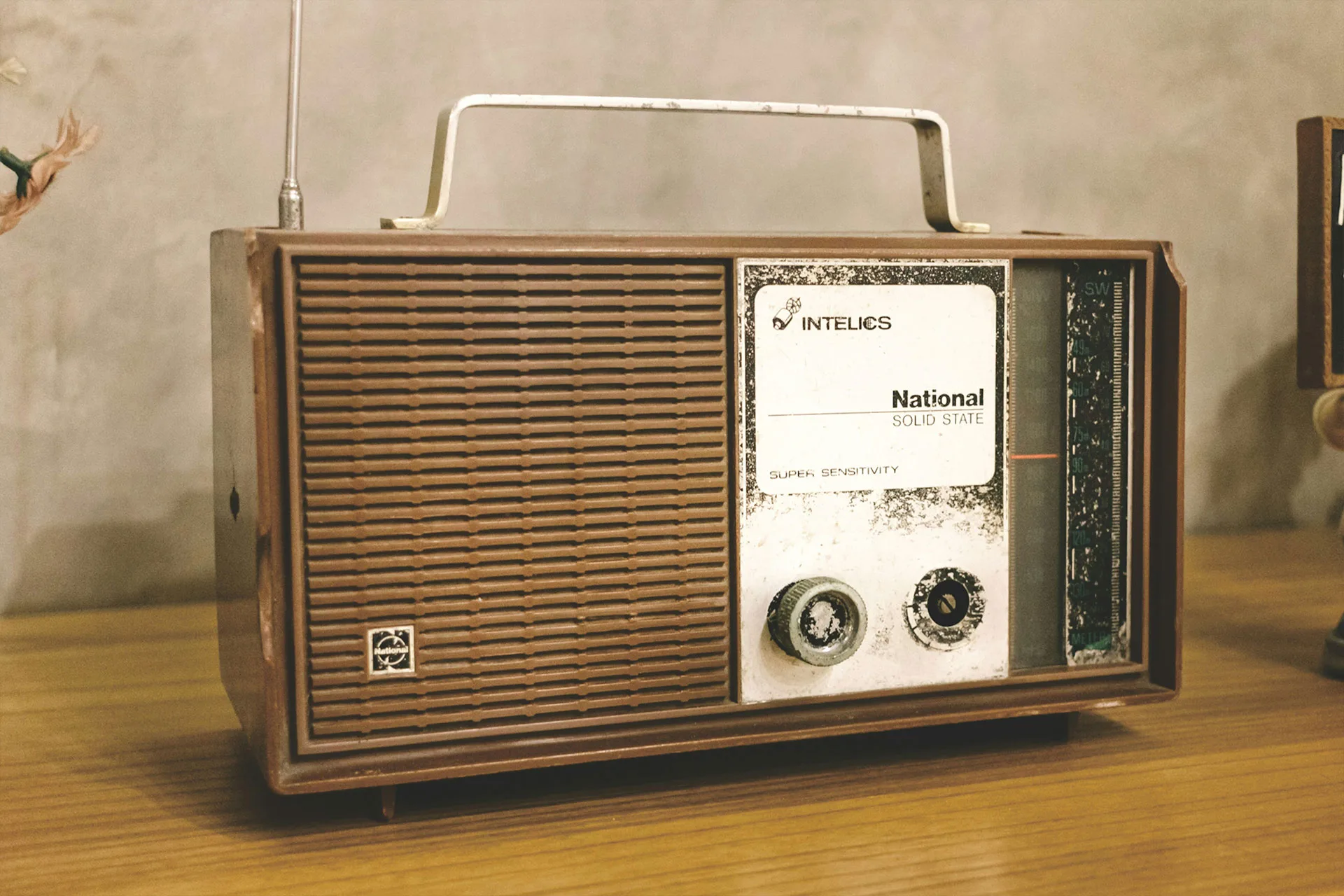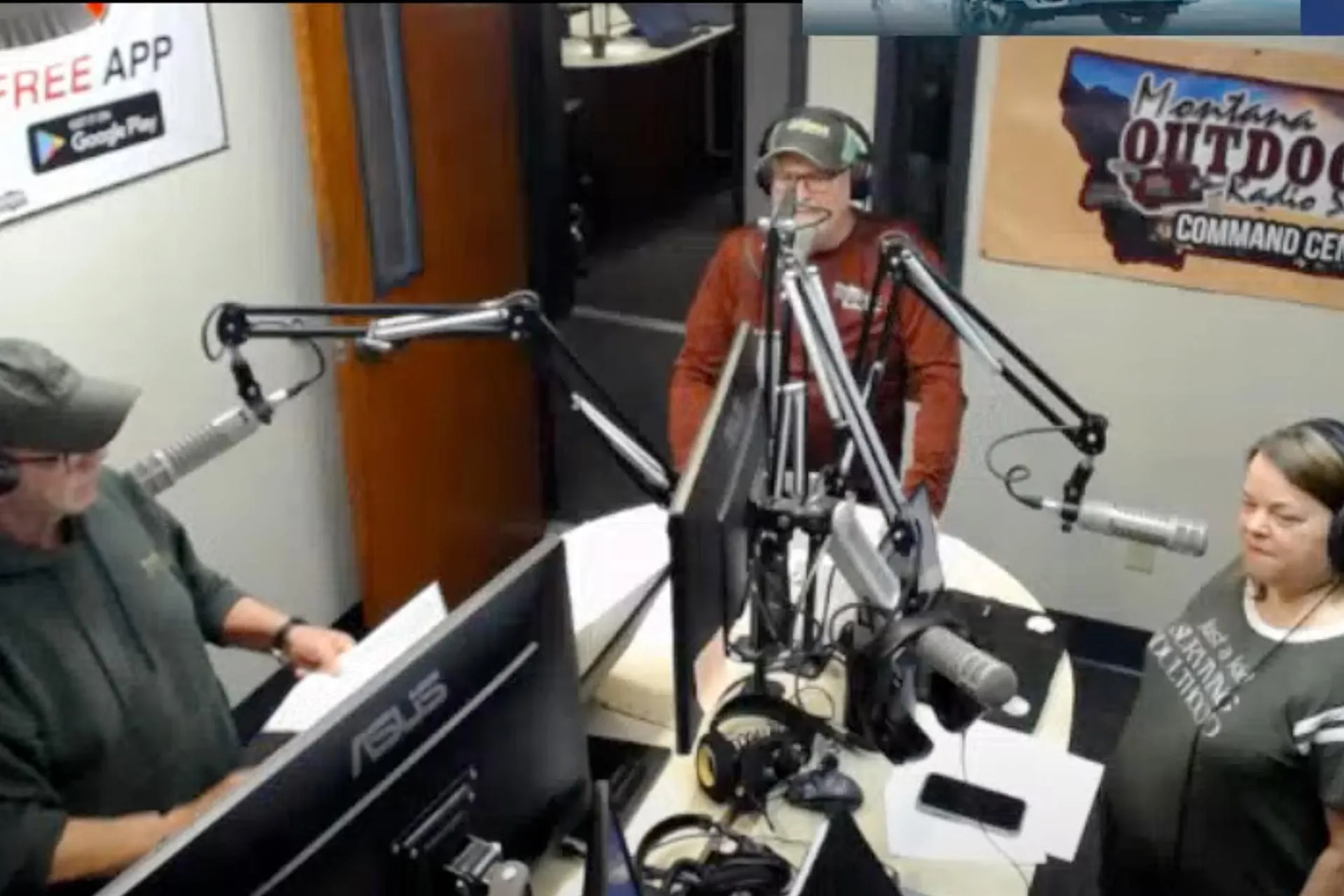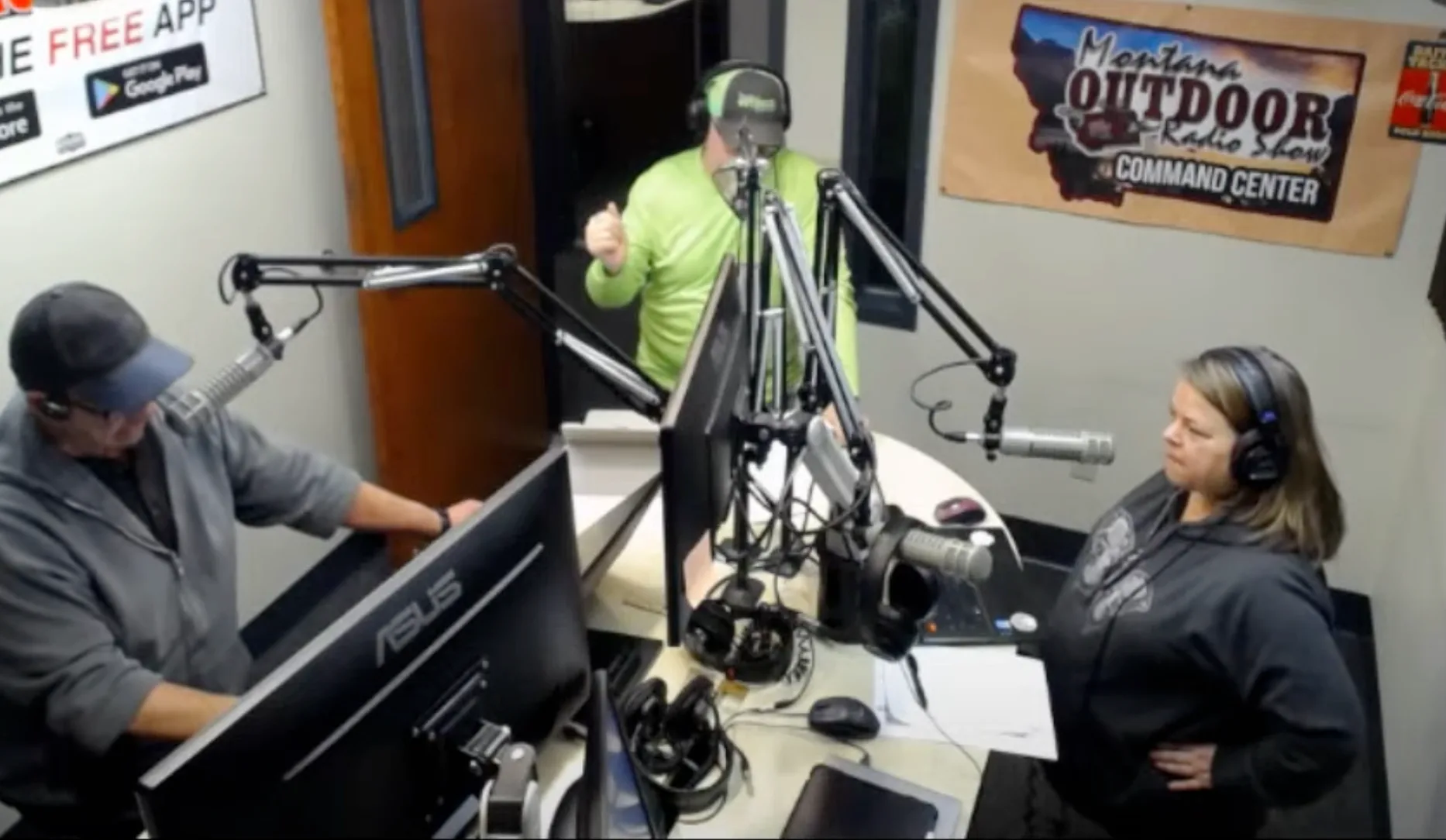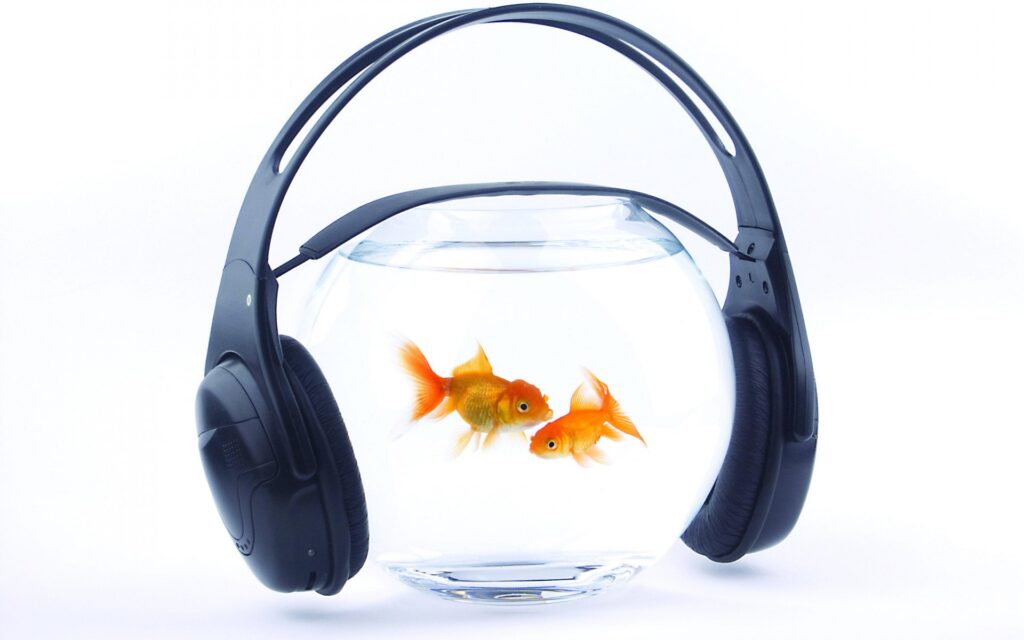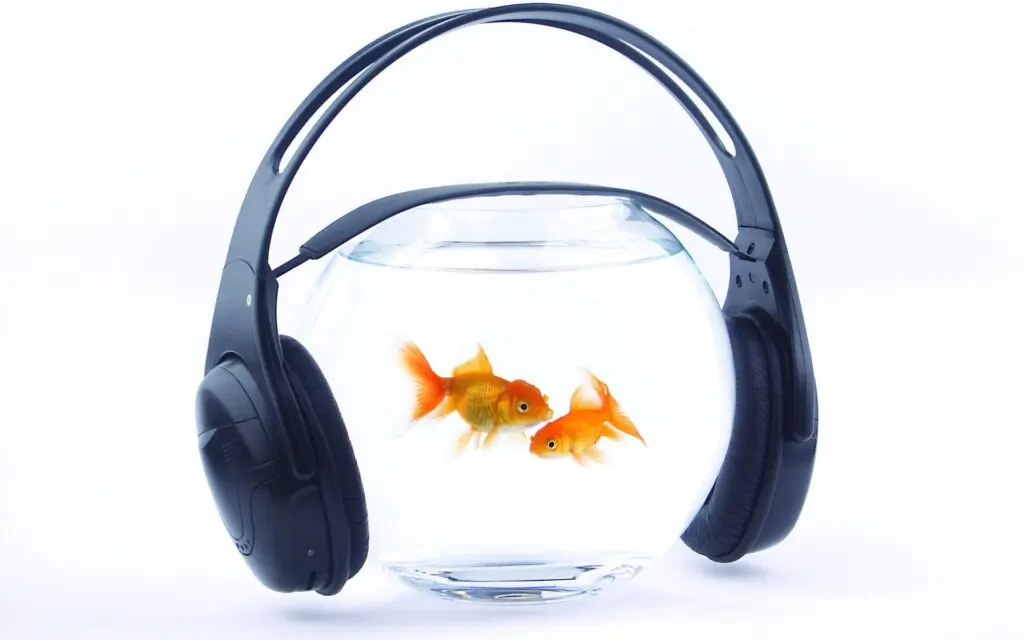Fishing limits are designed to manage fish populations.
Limits are not just about fish. Sometimes, we impose limits on what kind of gear or tackle we use. Some areas are limited to no bait, flies only or artificial lures. The number of rods may be restricted, barbless hooks are required, night fishing is banned, numbers of anglers may be limited, or other regional limits may be imposed.
10 % of anglers tend to catch 90% of the fish. Skilled anglers with better gear simply catch more fish than others. Limits help to keep the numbers of fish fairly available for everyone. Maintaining healthy, reproducing fish populations, will ensure years of great fishing for all. To become one of the 10%, become a student of the sport.
Catch and Release is another way to limit anglers. All fish caught must be safely released, immediately. Sadly, not all fish survive the stress of hooks, battle, and improper handling. Too much time out of the water limits a fish’s life expectancy. Even fish that are released have been stressed so that they become limited to get back to feeding or become vulnerable to predators. Lactic acid builds up in the fish’s muscles during a fight, and makes the fish stressed and less likely to feed. Eventually, they die.
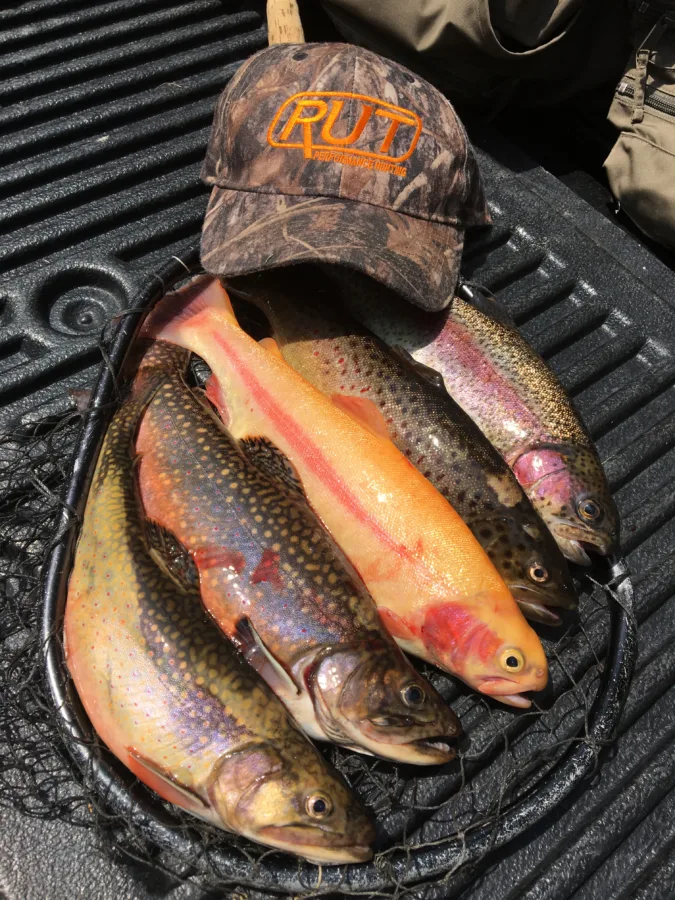
We may need to look at limiting how many fish can be Caught and Released per trip. The Madison River in Montana is a classic Cand R fishery. Many anglers hire guides so they can catch unlimited numbers of fish per trip. Not catching numbers of fish means a bad day of fishing and smaller tip for the guides. As a result, many anglers catch abnormally high numbers of fish per day. Artificial lures are required, and guides teach proper fish release and handling. Between battling the fish, netting, photo time, and stress about 10 % of Caught and released trout will die. We don’t see many since raptors and predators make a fast meal from struggling fish. Math is simple. If 30 trout are caught and released per day, 3 will die. Two anglers per boat with similar catch rates means more mortality. 100 guided boats per day means even more. Even if the catch rate is lower, say 20 fish per guided boat, times 100 boats, that’s 200 dead trout per day from a natural fishery that is not stocked. As a result, the trout population in the Madison River, and other rivers, has declined dramatically from overfishing. Add this stress to warming and low waters is a perfect formula for destroying a wild trout fishery.
Maybe a Catch and Release limit needs to be established and managed by the guides. Each angler may be allowed to be 20 caught and released trout each trip. After that, they can help row the boat or mentor a buddy. In this way they can brag about getting their limits rather than just going on a “Slay Ride”. Minimizing Cellphone selfie time would also decrease stress on netted fish.
When I started trout fishing in Maryland, the limit was 7 fish per day. Pennsylvania was 9. Yellowstone Lake was 3 per day under 16 inches. There were no limits on shad, perch, crappie, bluegills, and other species. Some length limits were imposed. The trout needed to be 7 inches long, perch were 9 inches, and in some trout fisheries you could only keep 2 fish per day over 16 inches.
Responsibility to know regional limits is tasked to the Anglers. Ignorance is no excuse. Poaching, cheating, and not following the limits and rules meant a ticket. Cheaters never win, but they can sure damage a fishery. Also remember to keep your limits separated from one another. This means separate stringers, bags, creels, or coolers. Tags for each angler will also help identify who kept what fish.
There are no limits to having FUN when fishing.
Fun Fishing is not just limited to how many fish we catch!
Montana Grant
